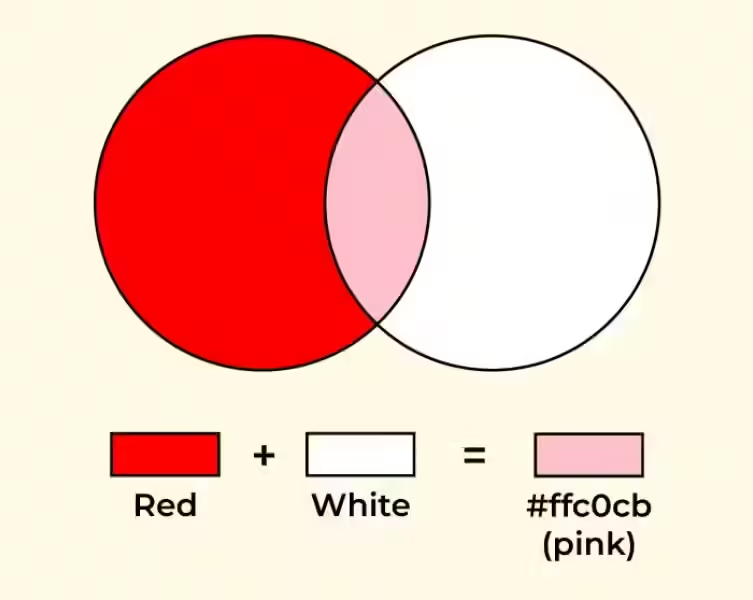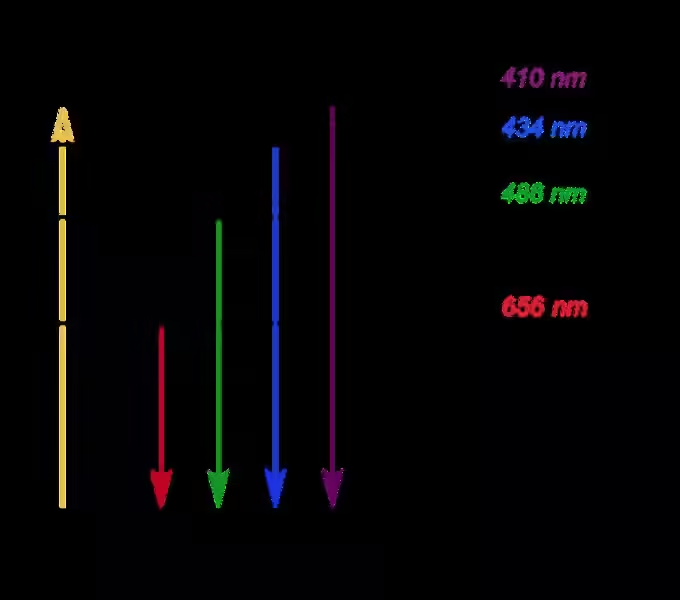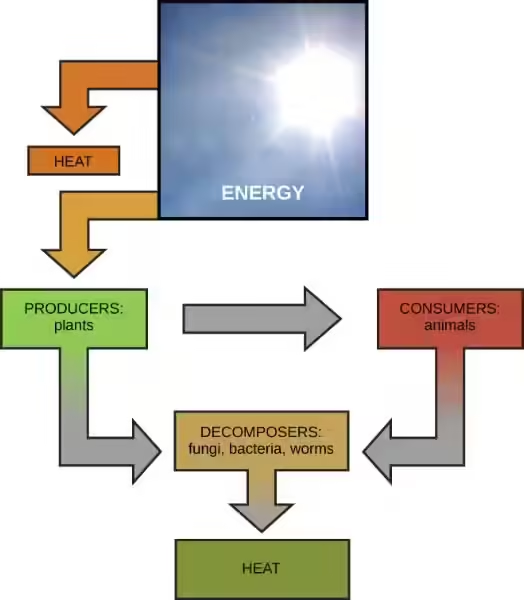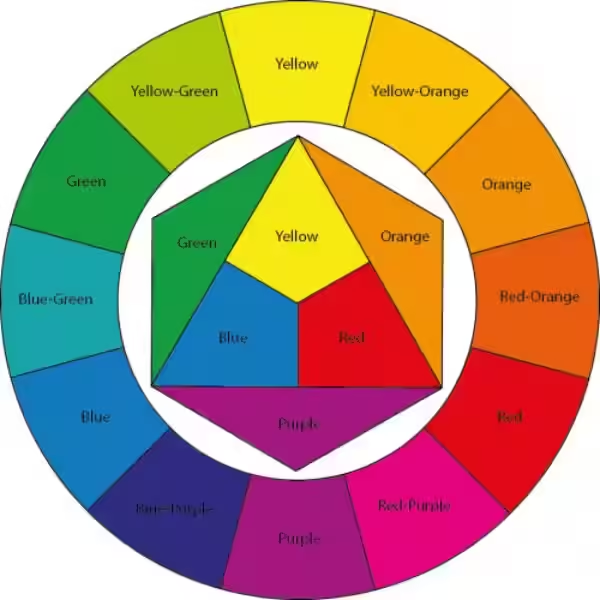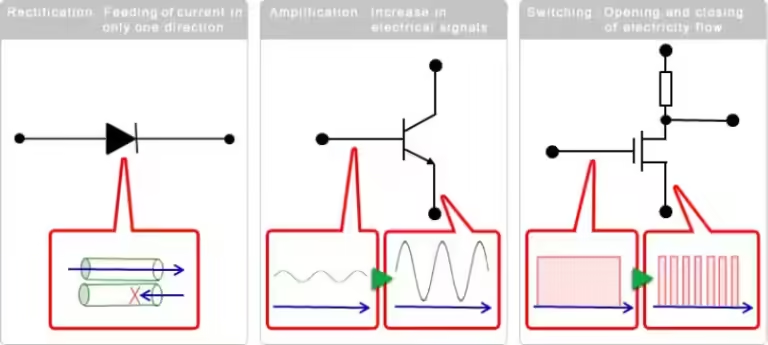Red Light: The Lowest Energy Photon
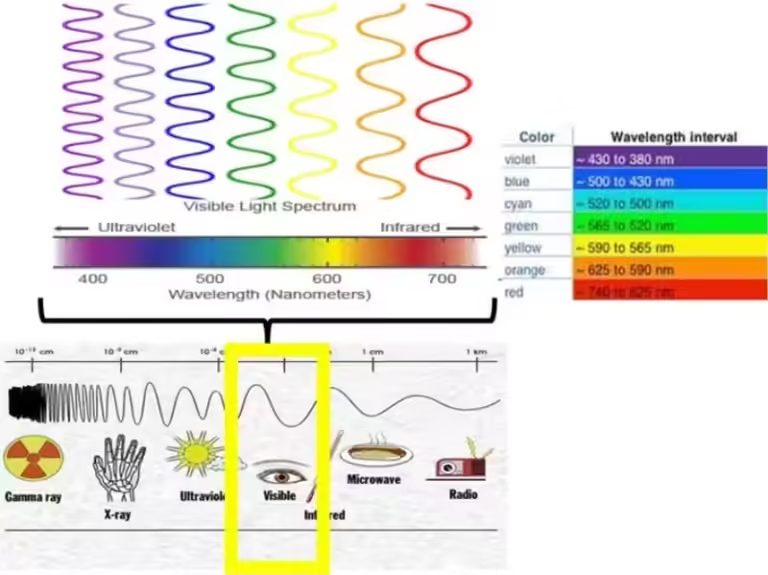
Have you ever wondered why the sky appears blue during the day and red at sunset? Or why certain colored lights are used in specific applications? The answer lies in the fascinating world of light and its energy. The color of light, a visual sensation, is directly related to the energy carried by light particles called photons. The lower the energy of a photon, the redder its color appears.
Understanding the Electromagnetic Spectrum
Light is a form of electromagnetic radiation, a broad spectrum encompassing an array of invisible and visible waves. This spectrum ranges from low-energy radio waves, which are used for communication, to high-energy gamma rays, which are emitted by radioactive materials. Visible light, the portion we can see, is only a small part of this vast spectrum.
Visible Light: A Rainbow of Colors
The visible light spectrum encompasses the colors we perceive with our eyes, from violet to red. Each color represents a different range of wavelengths, which determine the energy carried by the light. Violet light, with the shortest wavelength, carries the highest energy, while red light, with the longest wavelength, carries the least amount of energy.
Wavelength and Energy: An Inverse Relationship
Imagine a wave on the ocean. A long, slow wave carries less energy than a short, fast wave. The same principle applies to light. Within the electromagnetic spectrum, light's energy is inversely proportional to its wavelength. This means longer wavelengths carry less energy, while shorter wavelengths carry more.
Red Light: The Lowest Energy Photon
Red light, with its longer wavelength, sits at the lower end of the visible light spectrum. This means it carries the least amount of energy compared to other visible colors like violet, blue, or green. Think of it like this: red light waves are long and slow, carrying less energy than the shorter, faster waves of violet light.
Why is This Knowledge Important?
Understanding the energy of different colors of light is crucial in various fields. Here are some examples:
Photography: Capturing Light
Different color filters are used in photography to control the amount of light reaching the camera sensor. Red filters, for instance, block out most of the blue light, allowing for a warmer, more reddish tone in the final image. This is often used to enhance sunset or sunrise photos.
Biology: Photosynthesis and Plant Growth
Photosynthesis, the process by which plants use light to create energy, is most efficient in red and blue light wavelengths. Red light, with its lower energy, plays a vital role in stimulating chlorophyll production, while blue light helps regulate growth and development.
Medicine: Lasers and Targeted Treatments
Lasers emitting different color light are used in various medical procedures. Red light lasers are used in photodynamic therapy for cancer treatment. This therapy involves using a photosensitizing agent that becomes activated by red light, leading to the destruction of cancerous cells.
Summary: Red Light and its Low Energy
Red light, with its longest wavelength, holds the distinction of having the least amount of energy in the visible light spectrum. This fundamental principle, where energy is inversely proportional to wavelength, plays a crucial role in various fields, from photography to medicine. Understanding the energy of different colored light allows us to harness its unique properties for diverse applications, enhancing our understanding of the world around us.
Which color of light has the least energy?
Why does red light have the least energy?
Red light has the least amount of energy in the visible light spectrum because it has the longest wavelength.
What is the relationship between wavelength and energy?
The energy of light is inversely proportional to its wavelength, meaning longer wavelengths carry less energy.
How does this relate to the visible light spectrum?
The visible light spectrum ranges from violet (shortest wavelength, highest energy) to red (longest wavelength, lowest energy).


